Easter is a time of grand celebration for Christians around the world—and for many—this means attending church services and participating in religious ceremonies.
While countless beautiful churches and holy places are essential to the Easter celebration, some are especially notable for their architectural wonders.
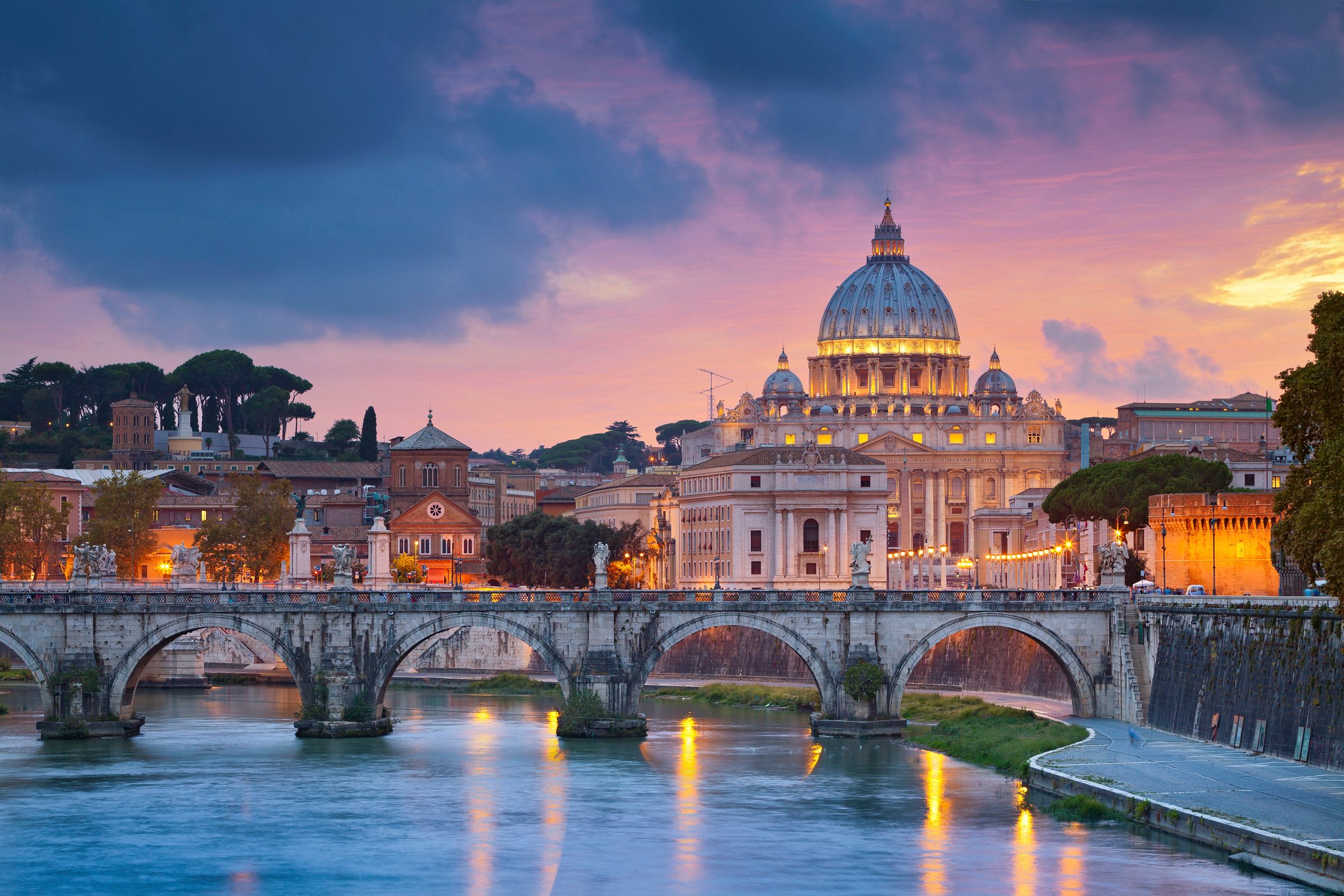
St. Peter’s Basilica, Vatican City:
St. Peter’s Basilica is one of the most famous churches in the world, and for a good reason. This stunning structure in Vatican City is considered one of the finest examples of Renaissance architecture. The church was designed by some of the greatest architects of the time, including Michelangelo and Bernini, and it is renowned for its grandeur, opulence, and intricate details. In addition, the church’s interior is adorned with beautiful frescoes, sculptures, and mosaics, and it is home to many priceless works of art. Bernini designed notable alcoves for four significant sacred artifacts located (or formerly located) inside the Basilica:
- The Veil of Veronica
- A fragment of the True Cross
- A section of the Holy Lance
- St. Andrew the Apostle’s cranium
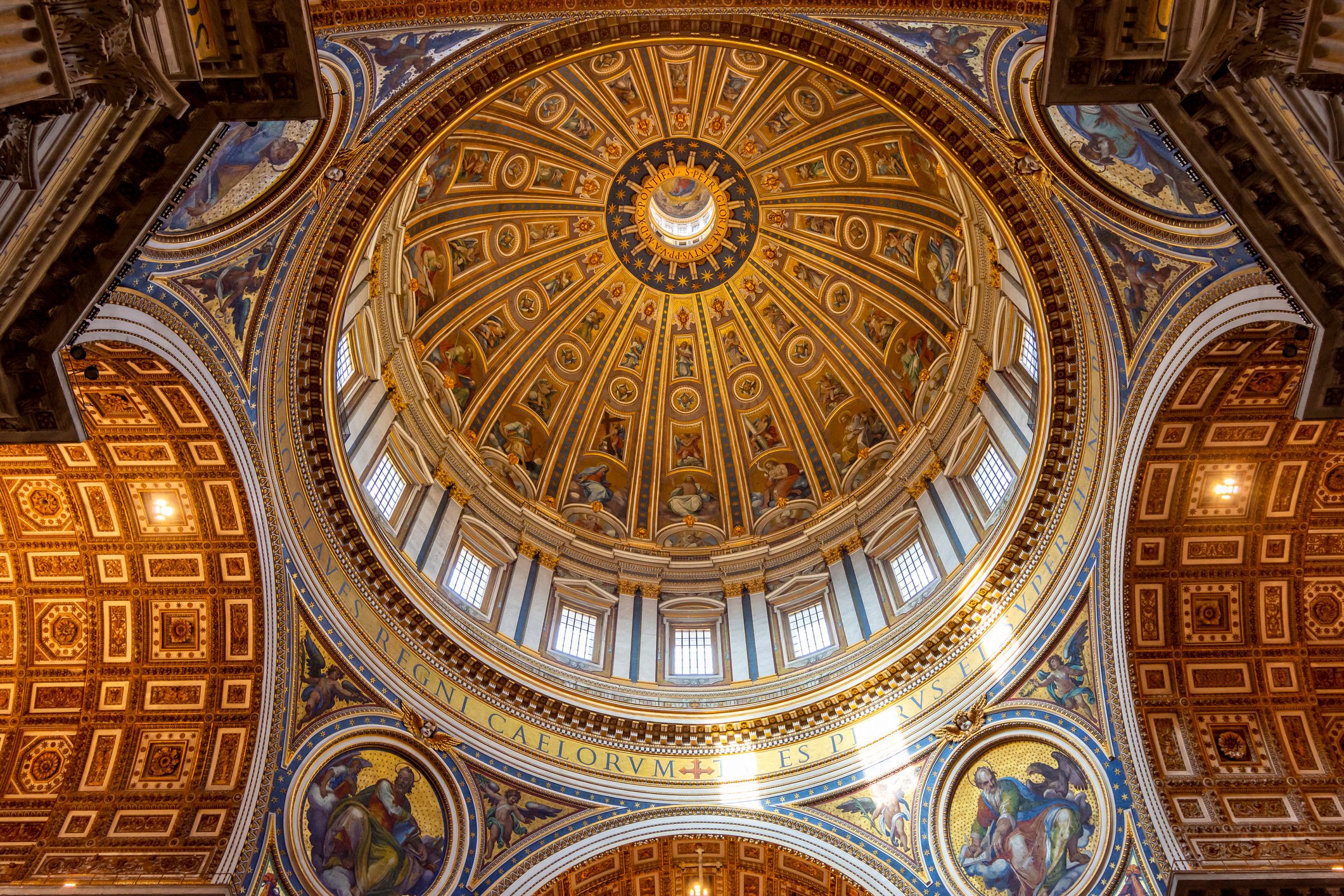
He incorporated these relics into loggias constructed within the supporting piers of the dome. Each loggia showcases a Carrara marble bas-relief that visually represents the enclosed relic and is flanked by two ancient columns adorned with vine leaf motifs, originally part of the old Basilica.
“In graduate school, I spent a summer studying Architecture in Rome, a city rich in history, art, and religion,” explained EAPC Architect Rachel Harris. “There are many historic, beautiful places of worship throughout the city, but the Vatican, a city/state within, is a wealth of architectural delights. St. Peter’s Square welcomes millions of visitors each year to this holy site, many hoping to see the Pope. Bernini designed the beautiful, baroque piazza creating what he called the “motherly arms of the church reaching out to embrace the faithful.” The piazza creates the procession to St. Peter’s Basilica, one of the most famous churches in the world and a high Renaissance architecture masterpiece. The flanking arms hold many precious works of art from renowned artists across centuries. No matter your religious beliefs, it would be difficult to visit the Vatican and not feel moved.”
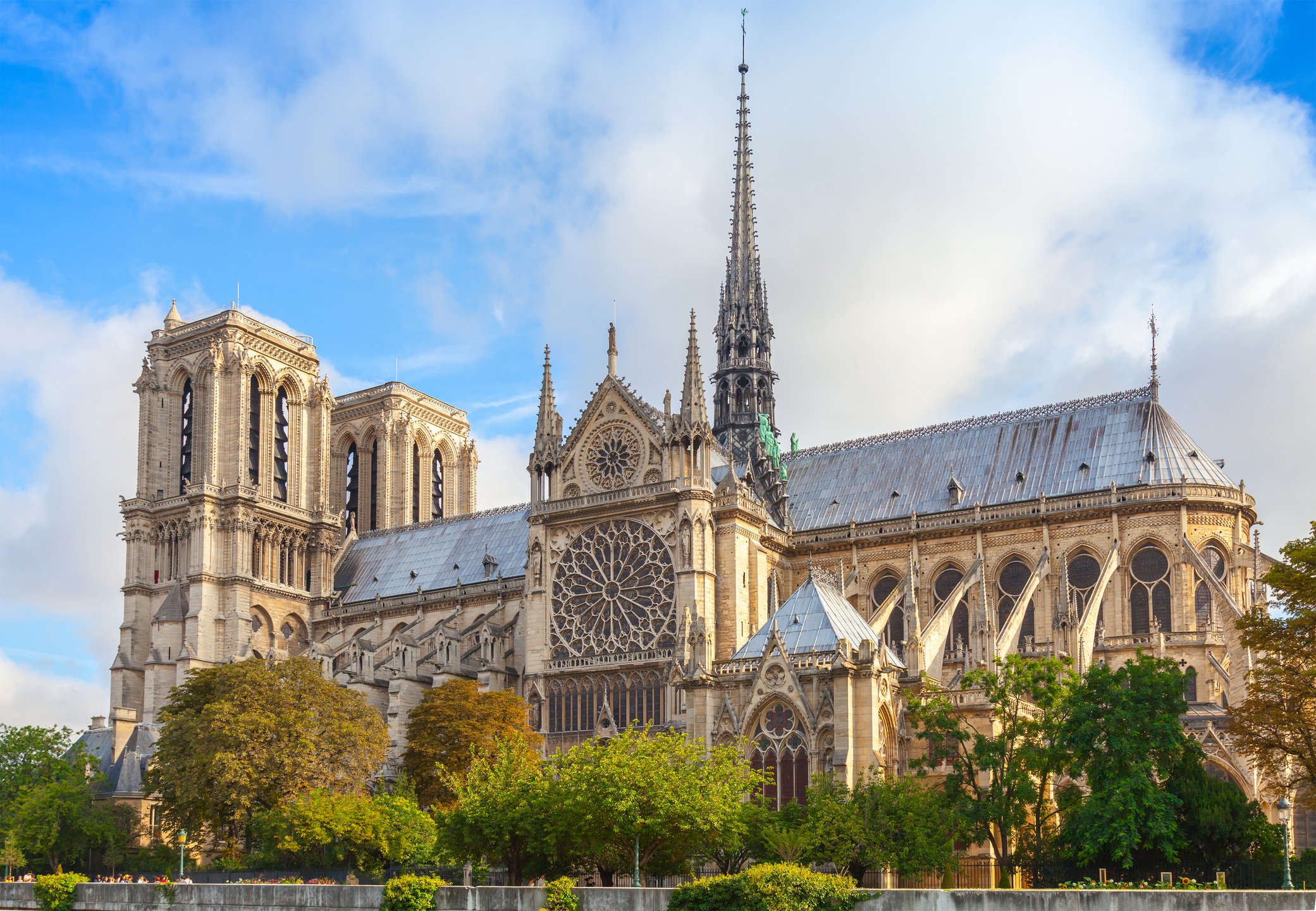
The Notre Dame Cathedral in Paris is an iconic structure that has been a symbol of French Gothic architecture for centuries. While the cathedral suffered extensive damage during a fire in 2019, its beauty and grandeur are still evident. The cathedral’s flying buttresses, intricate carvings, and stunning stained-glass windows are just a few of the features that make it unique. Despite the fire, the cathedral continues to be an essential site for Easter celebrations, and its beauty and resilience are a testament to the enduring power of faith and art.
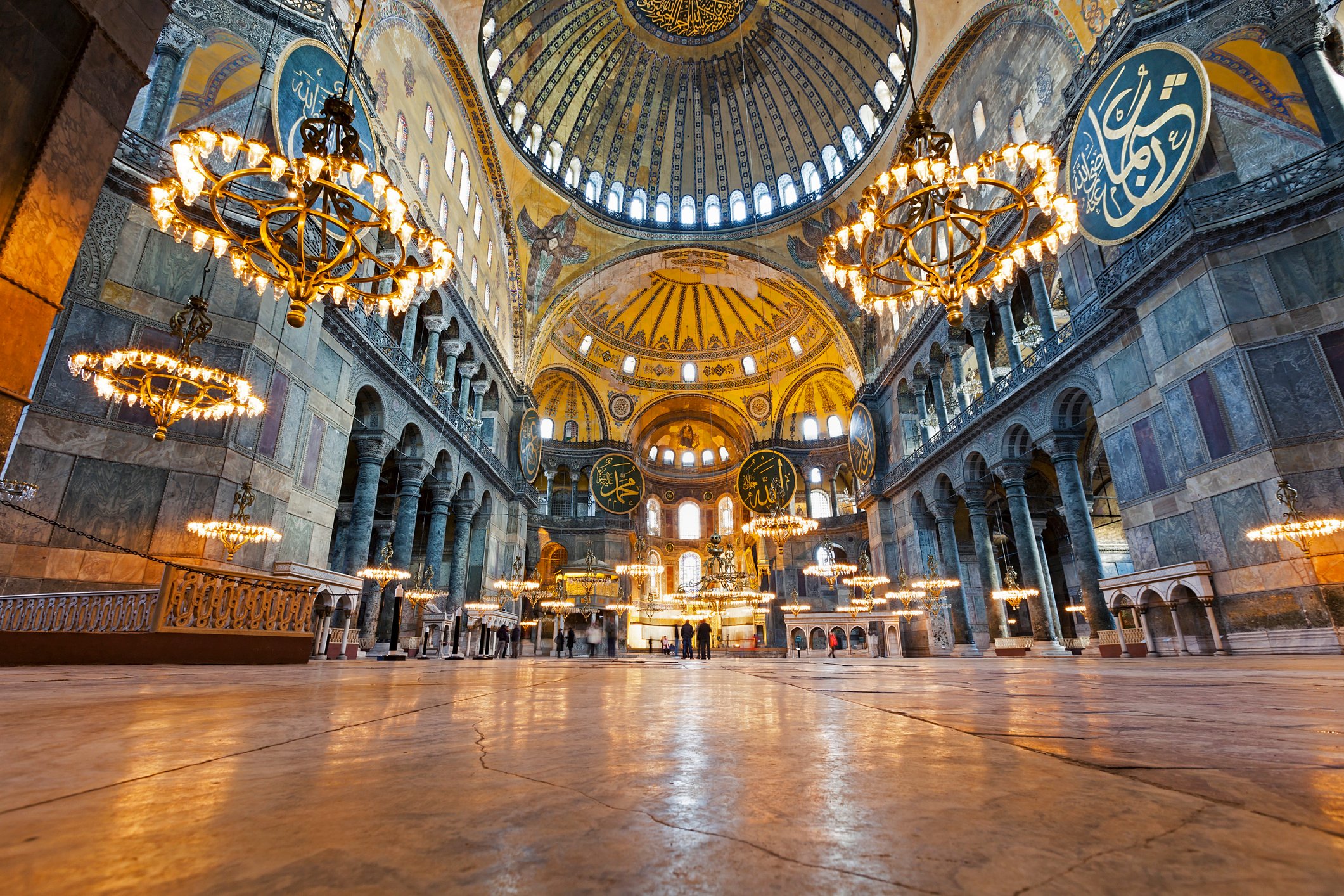
The Hagia Sophia is a stunning example of Byzantine architecture that has existed for over 1,000 years. Originally built as a church in the 6th century, the Hagia Sophia was later converted into a mosque and museum. It is declared one of the world’s greatest architectural works and accepted as the 8th wonder of the world. Today, it is once again a mosque and an important site for Muslim worship. The Hagia Sophia’s massive dome, intricate mosaics, and ornate calligraphy make it one of the world’s most beautiful and historically significant buildings.
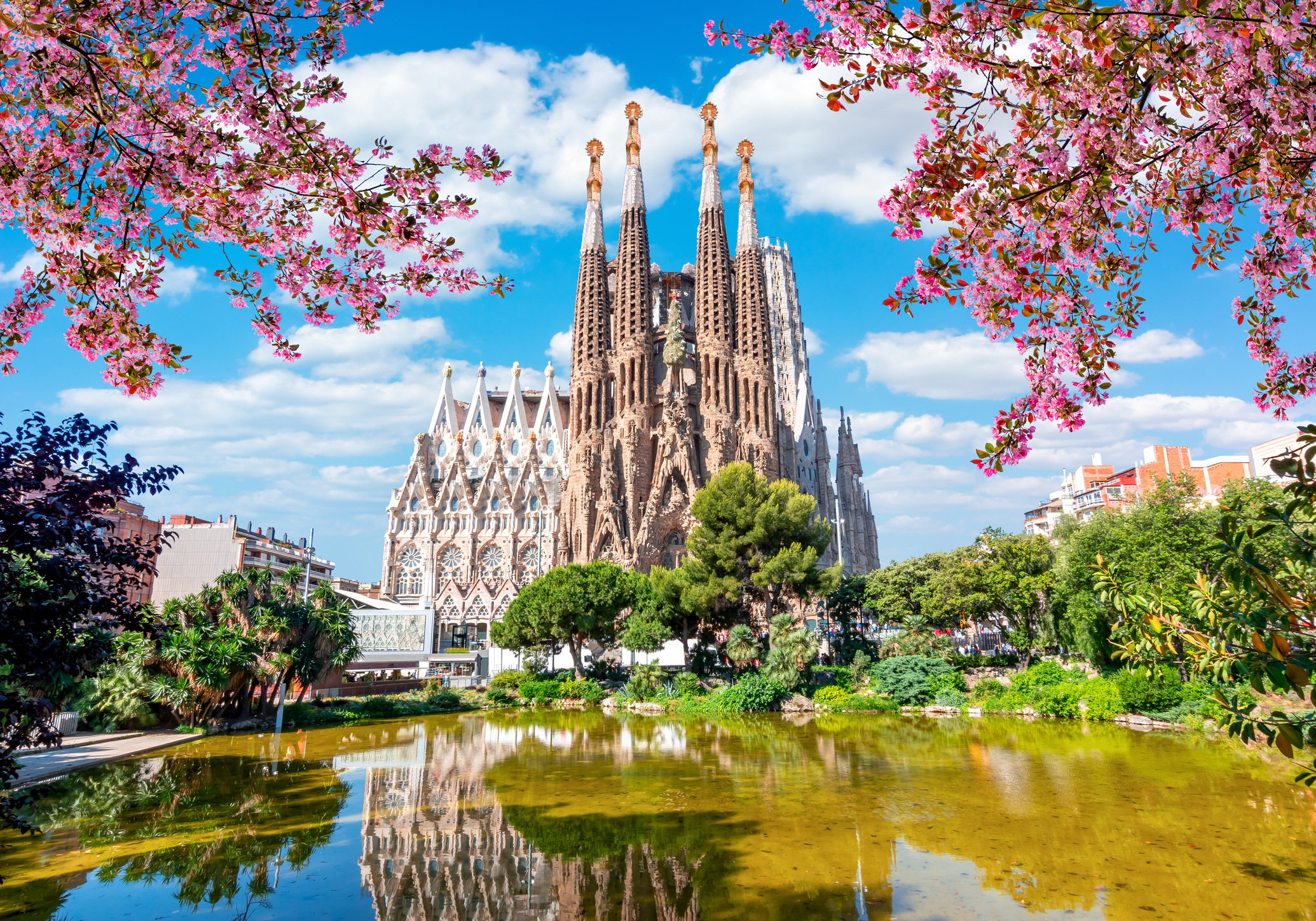
The Sagrada Familia is a unique and breathtaking structure that has been under construction for more than a century. Designed by the famous architect Antoni Gaudi, the church is known for its stunning stained-glass windows, soaring towers, and organic shapes. The church’s design is heavily influenced by nature and incorporates many elements of the Art Nouveau movement. While the Sagrada Familia is not yet complete, it is already a beloved landmark in Barcelona and an important site for Easter celebrations.
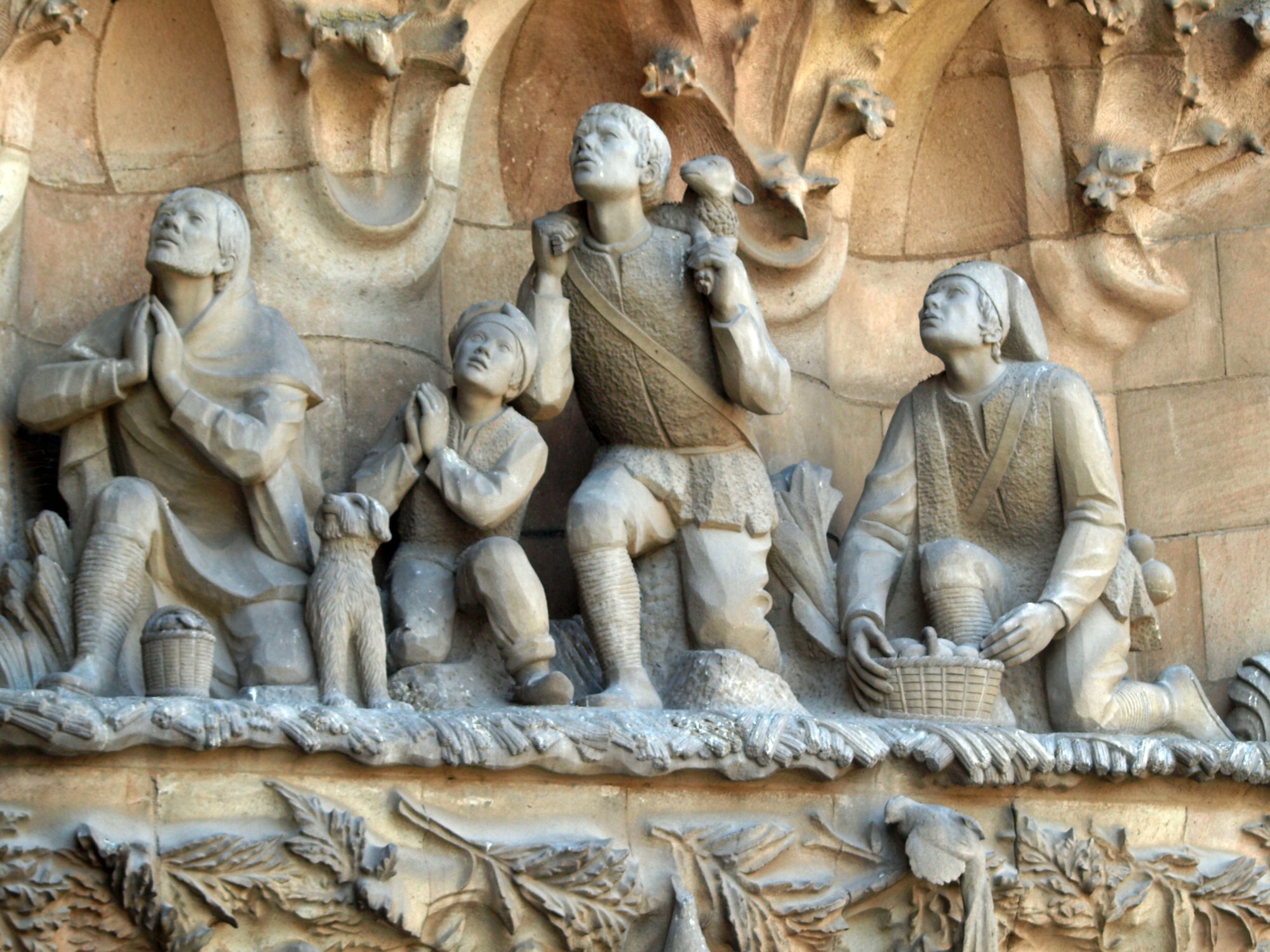
“At the end of my undergraduate studies, I was fortunate to spend a summer studying in Barcelona. Antoni Gaudi’s touch is immersed throughout the city, from the tessellated sidewalks, twisted iron streetlights, and architectural masterpieces; perhaps most famously the Sagrada Familia,” described Harris. “Gaudi was known as a man of faith and a nature lover; both are evident to all who experience the Sagrada Familia.
“Facing the rising sun, the nativity façade is so intricately detailed with three porticos depicting Faith, Hope, and Charity, and perhaps the most recognizable feature, the four steeples, are each dedicated to a Saint. The passion façade, facing the setting sun, stands in contrast with clean lines, lacking the ornate detailing of the nativity; these four steeples are dedicated to the apostles. The final façade, the glory, is under construction and will be the principal façade once complete,” she added. “As you enter, your eyes are drawn towards the organically formed structure resembling a tree canopy. Within the upper areas, Gaudi’s original string models can be found. The hanging weights on strings create the inverted forms that were to become the unique structure. Truly a wonder to behold.”

Located in the heart of Venice, St. Mark’s Basilica is a beautiful example of Byzantine architecture. The church’s stunning mosaics, marble columns, and elaborate domes make it one of the most beautiful buildings in the city. The church was built in the 11th century to house the remains of St. Mark, and it has been an important site for Christian worship ever since. St. Mark’s Basilica is especially notable for its intricate details, including its beautiful floor mosaics, considered some of the finest in the world.

The Basilica of the Sacred Heart, University of Notre Dame, in Notre Dame, Indiana:
Our list would be incomplete without mentioning this magnificent structure. The Basilica of the Sacred Heart is a Catholic church located on the University of Notre Dame campus. It is the mother church of the Congregation of Holy Cross in the United States. The Basilica’s neo-gothic design features 44 large stained-glass windows and stunning murals completed over a 17-year period by the Vatican painter Luigi Gregori. At 230 feet high, the Basilica bell tower is the tallest university chapel in America. The Basilica is also a contributing building in Notre Dame’s historic district, listed on the National Register of Historic Places. With over 100,000 tourists visiting annually, the Basilica is a major tourist attraction in Northern Indiana—and the country.
“As a Mechanical Engineer student at Notre Dame, I ran past the Basilica while training for the track and cross-country teams, and I prayed there often,” said EAPC Partner and Vice President Jim Tyler. “My son Brennan, an NDSU architectural grad working in our St Paul office, did an acrylic painting of the Basilica as a high school project at 14 years old. My daughter Kathryn also graduated from Notre Dame and sang in the Liturgical Choir at the Basilica, which underwent a major Pipe Organ replacement and renovation in 2016 to improve acoustics. So, some of my fondest memories are of this architectural gem.”

These churches are not only places of worship but also magnificent architectural wonders that inspire awe and wonder in all who see them. Whether you are a believer or not, the beauty and grandeur of these structures are a testament to the enduring power of art and faith. If you ever have the opportunity to visit one of these churches, take the time to appreciate the intricate details and stunning designs that make them so unique.

